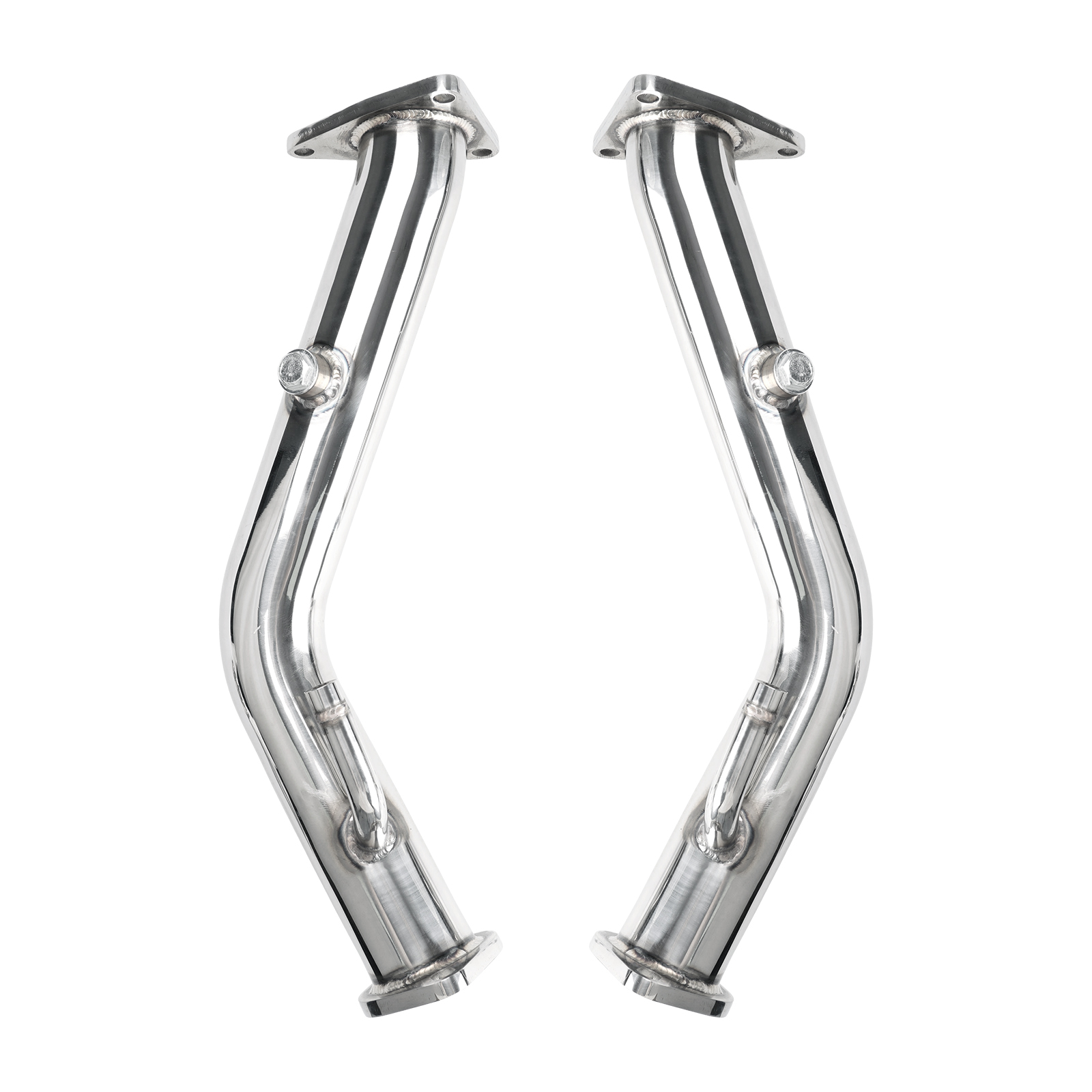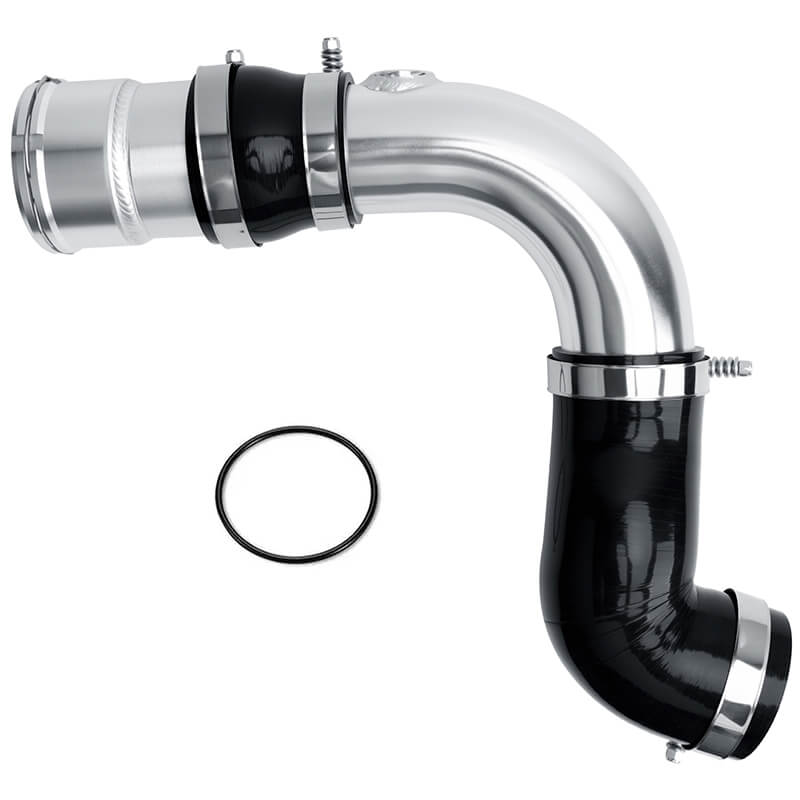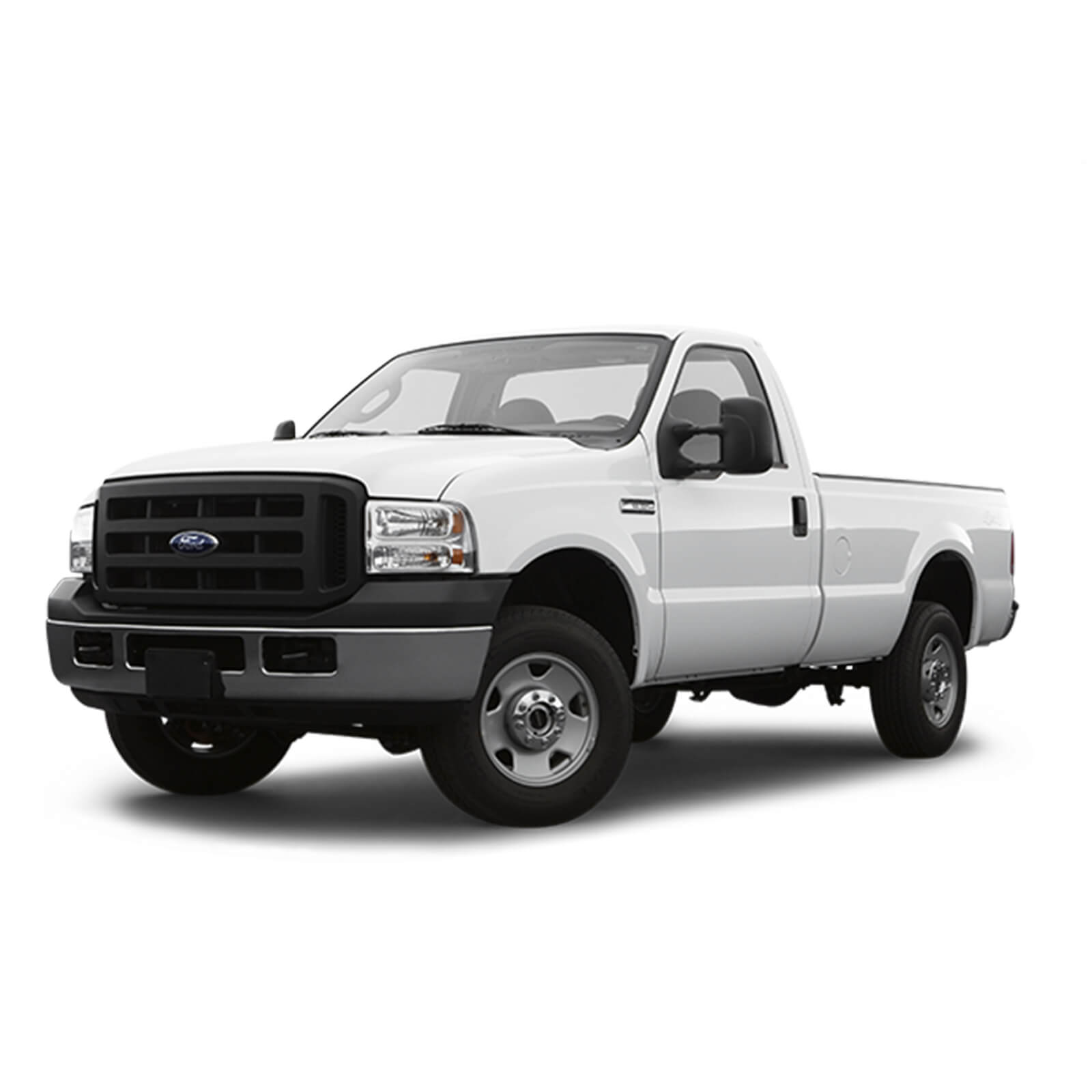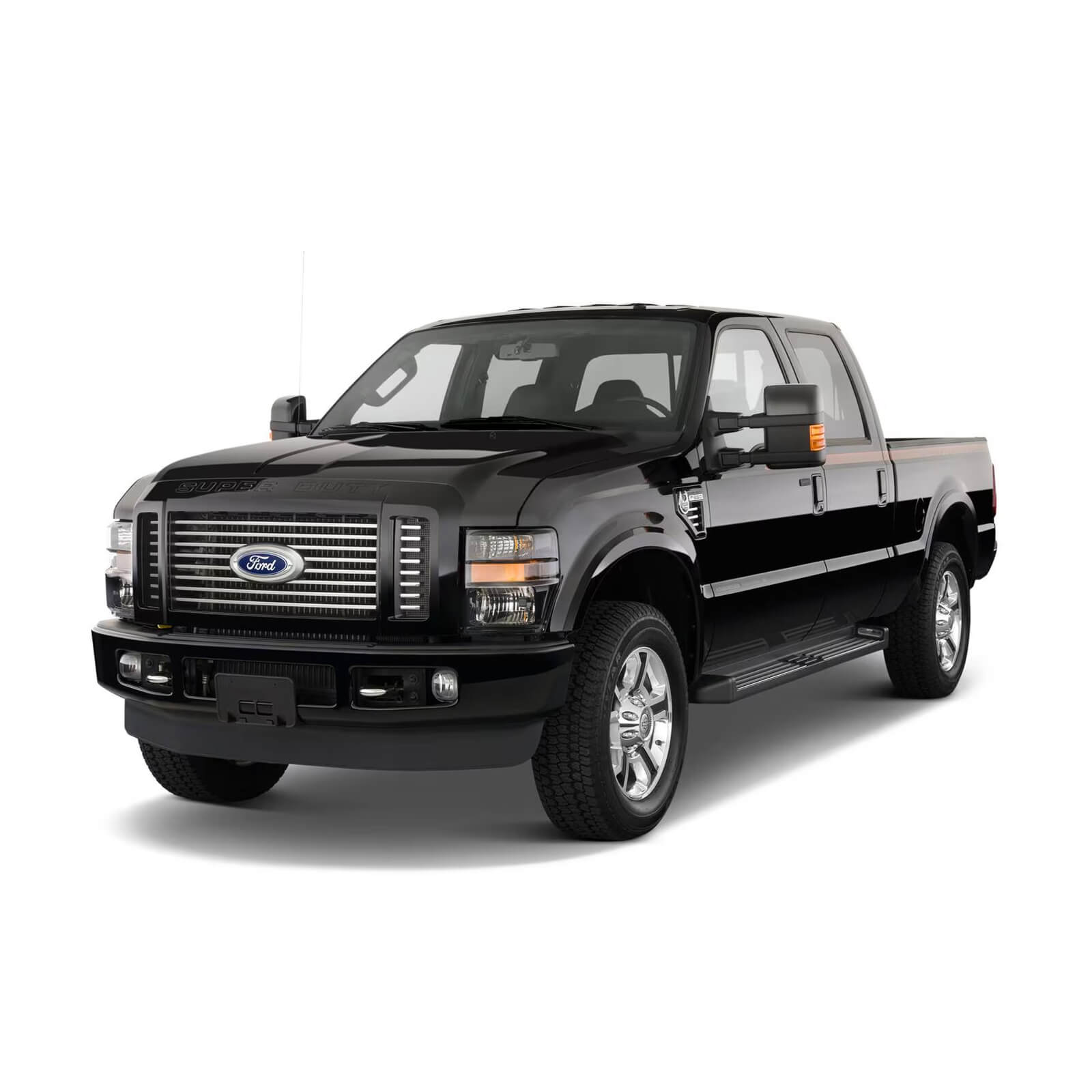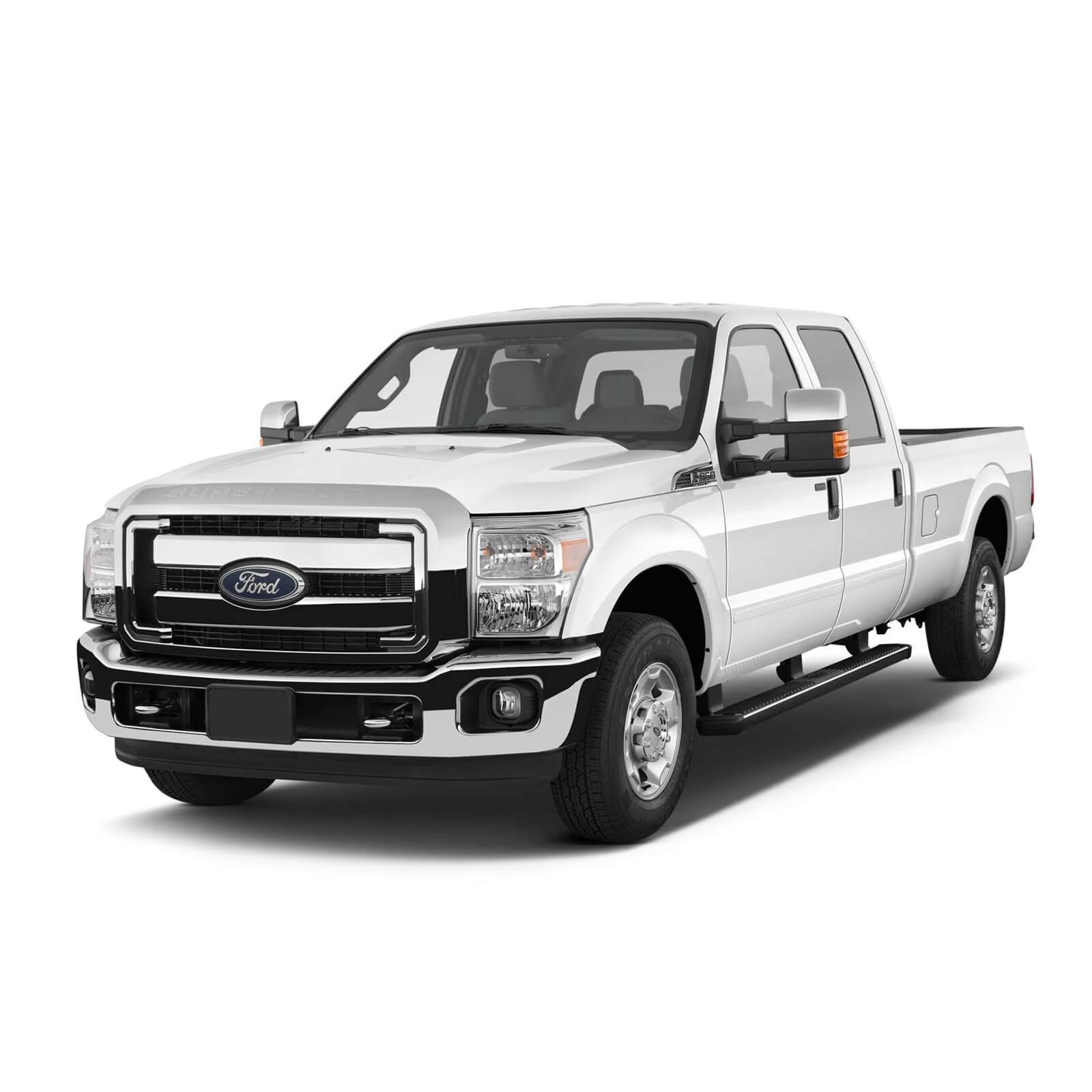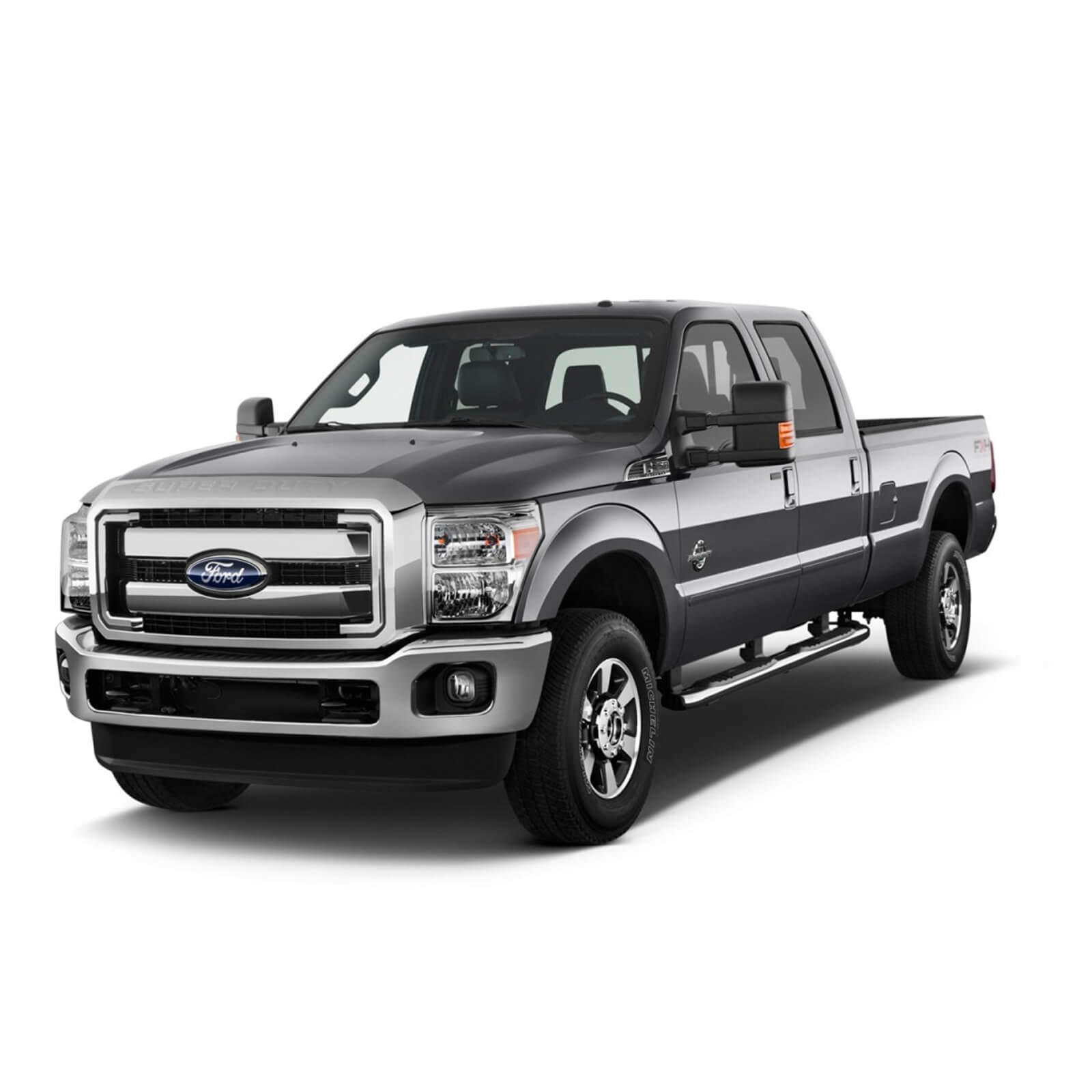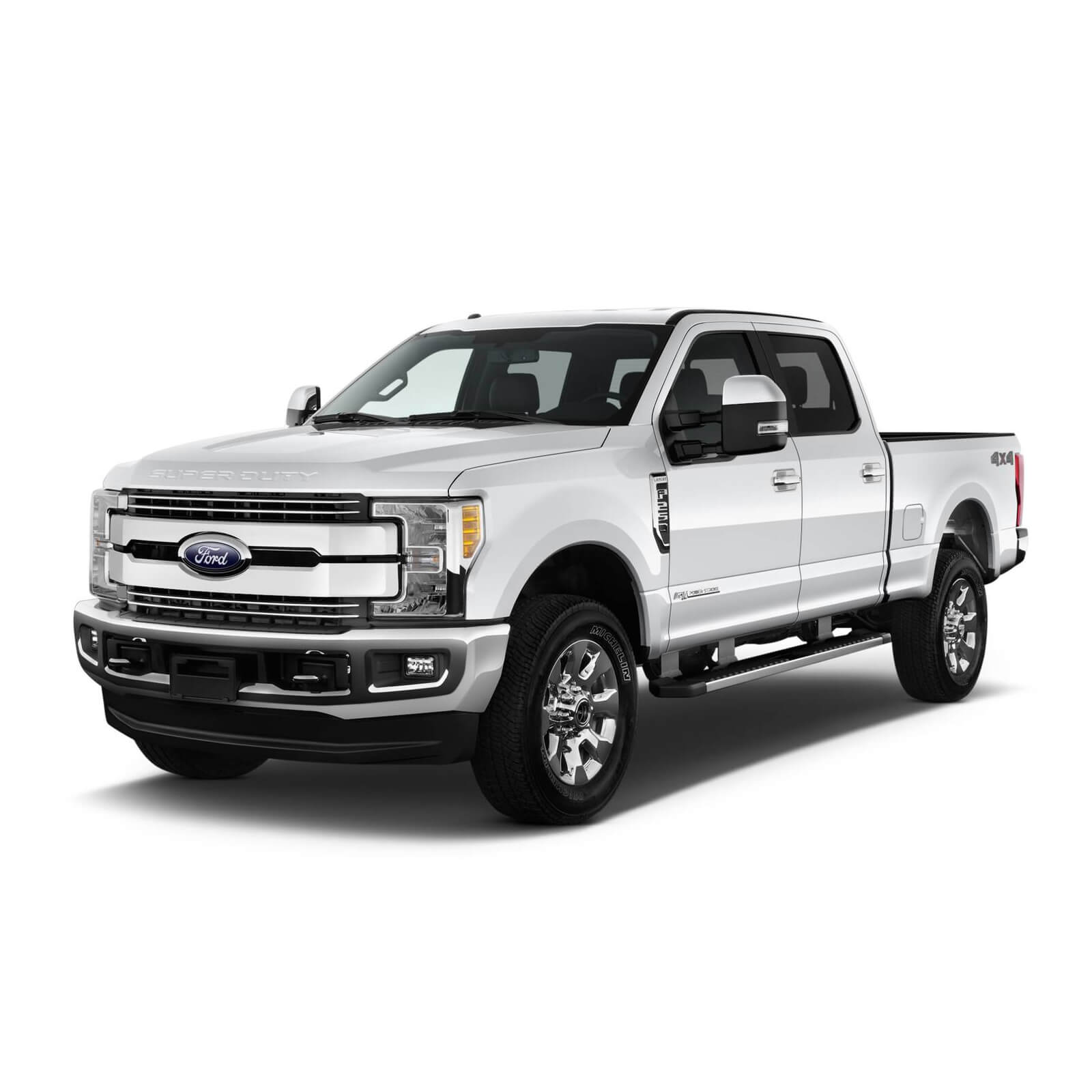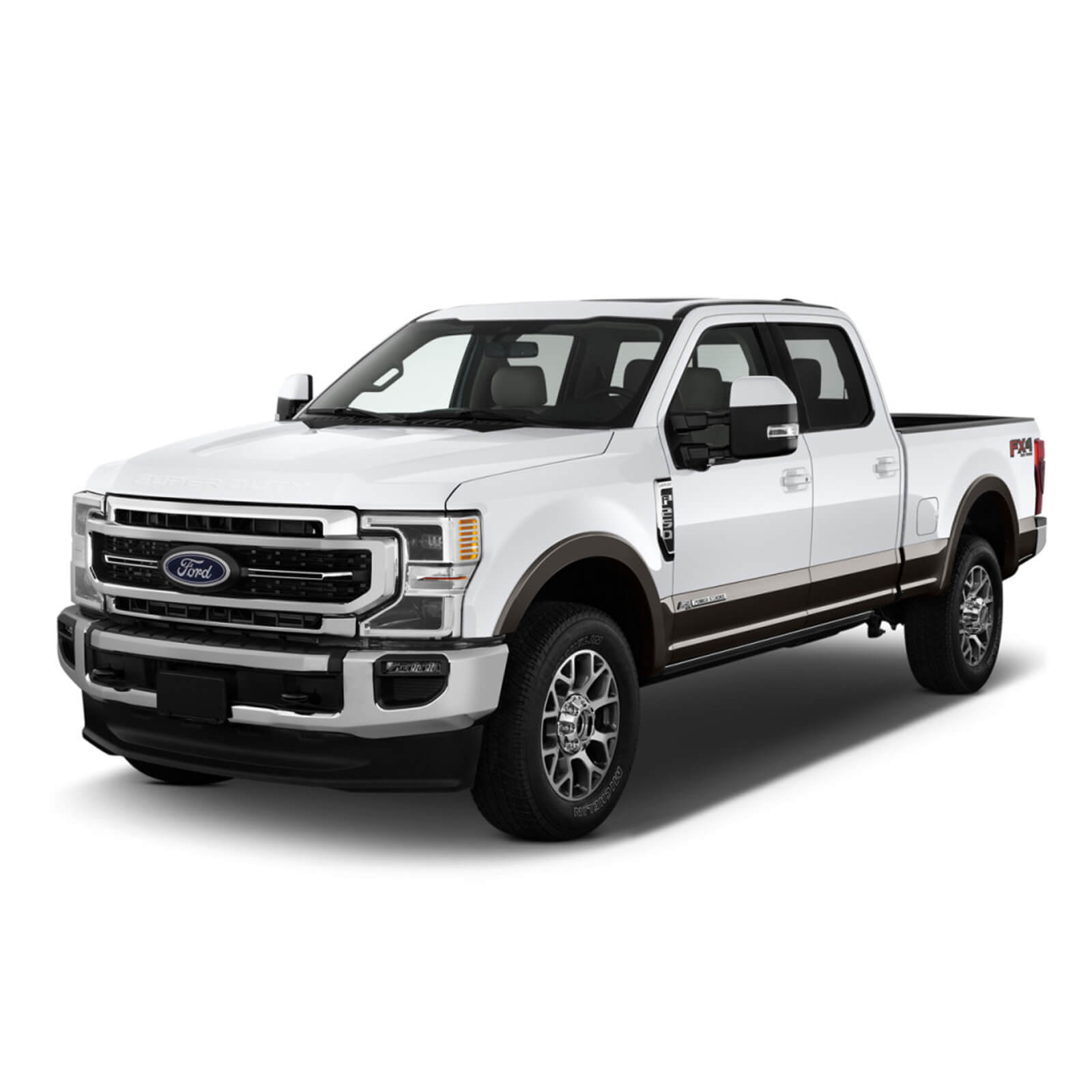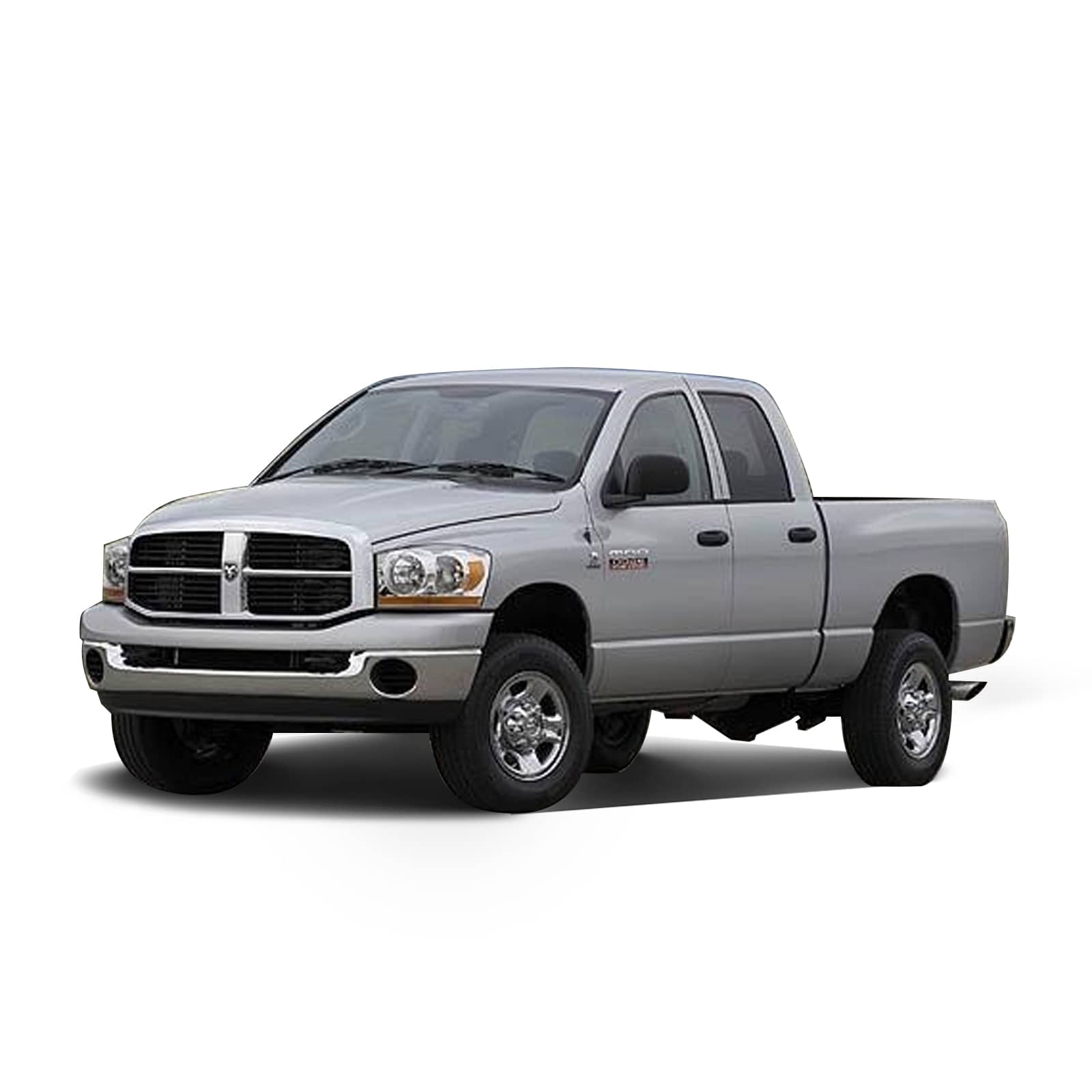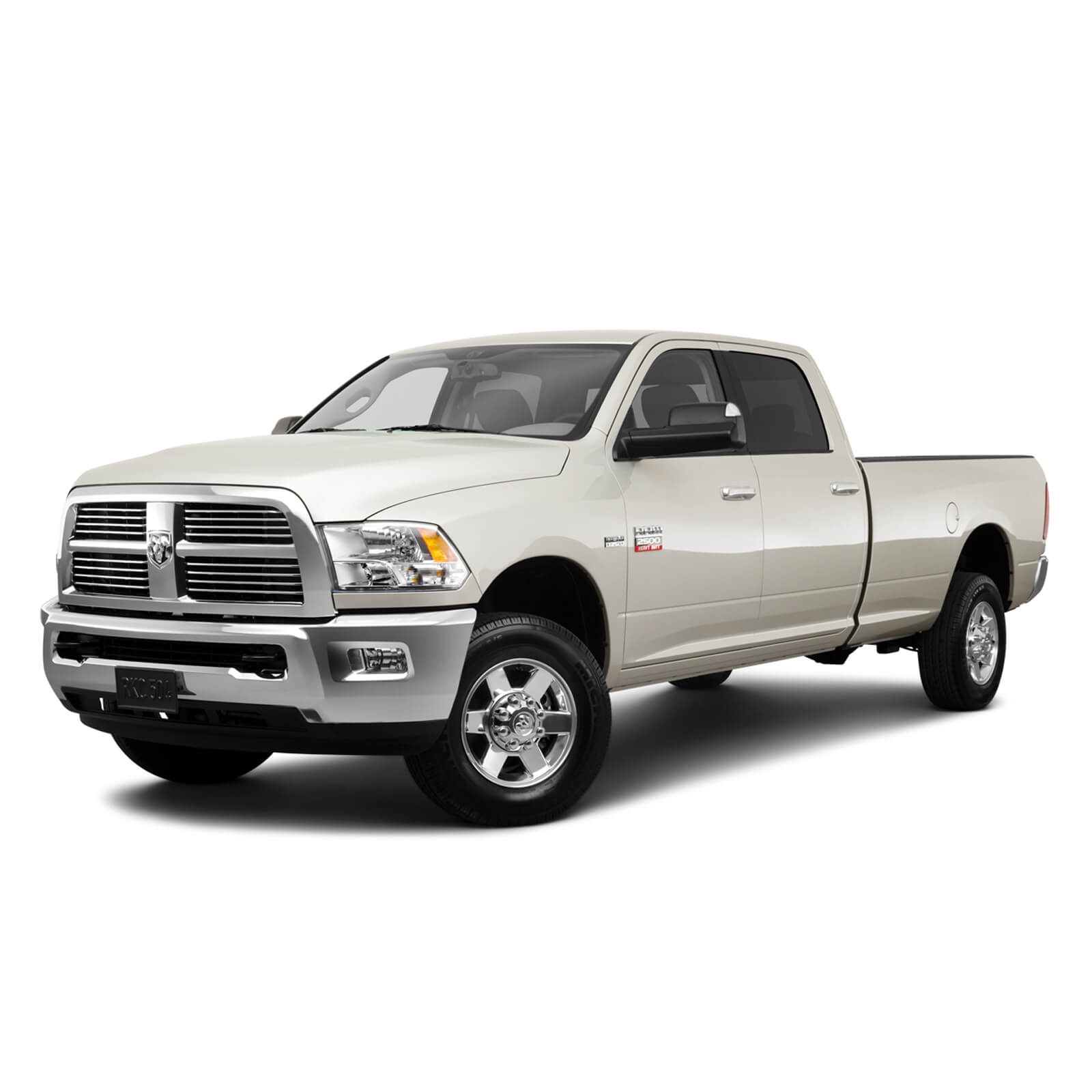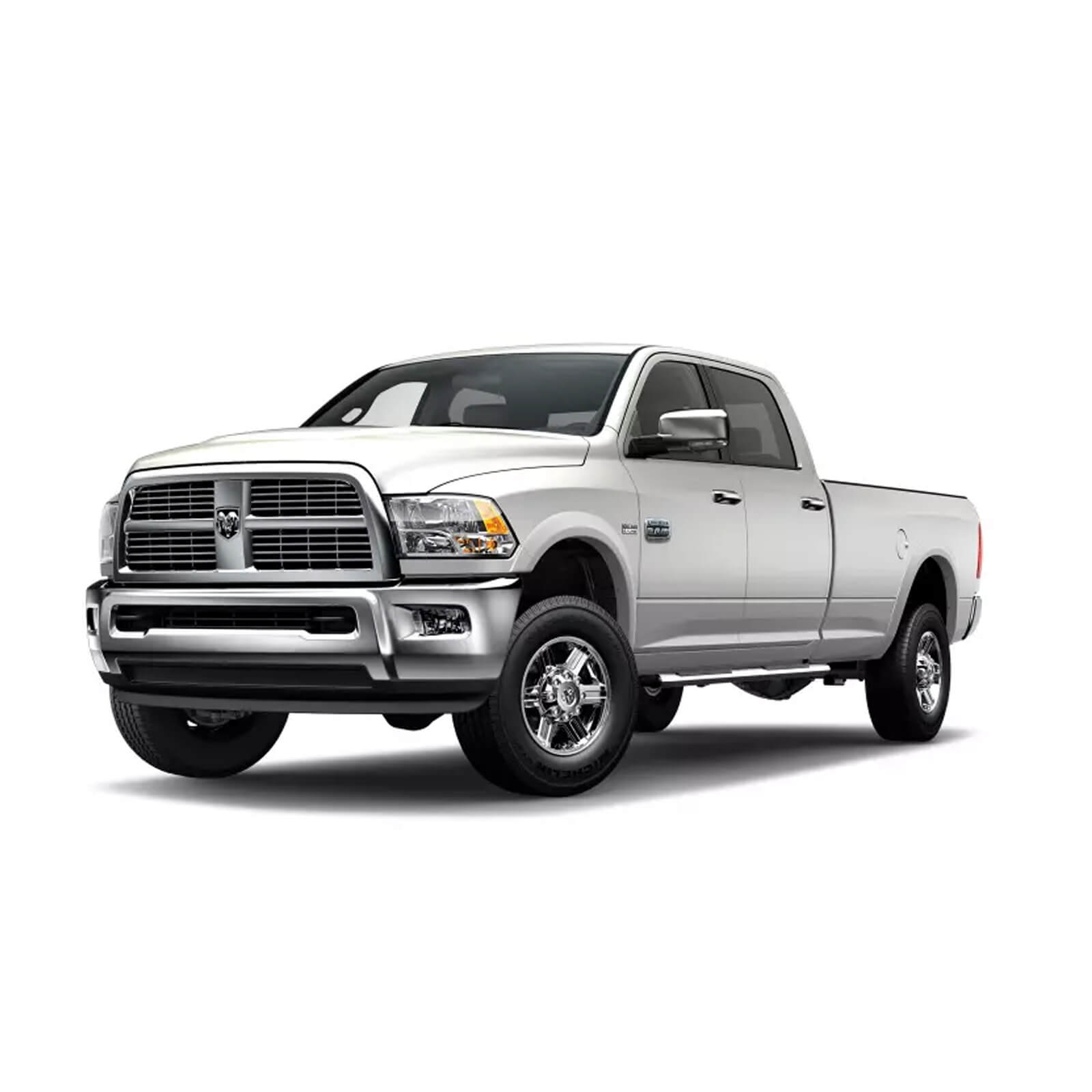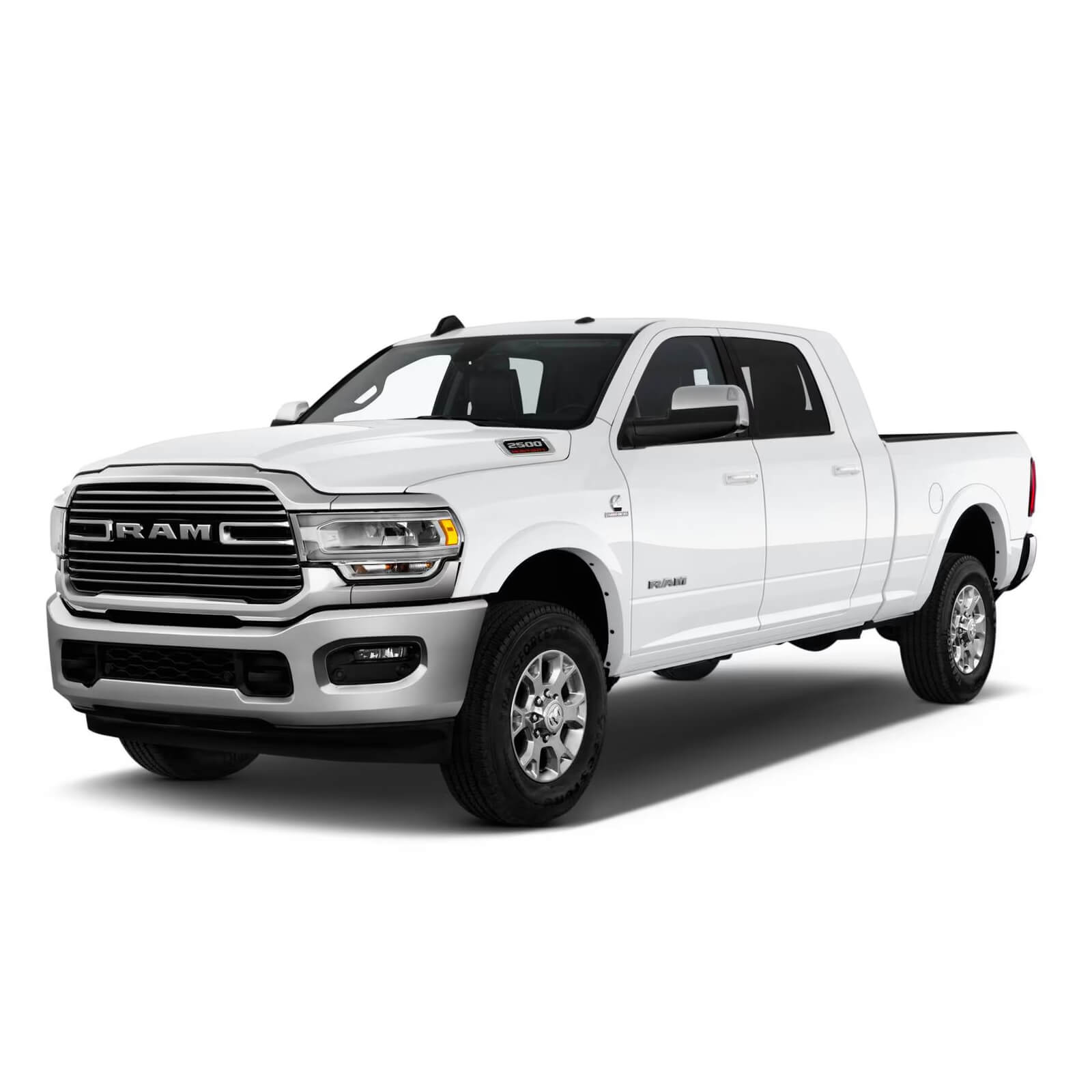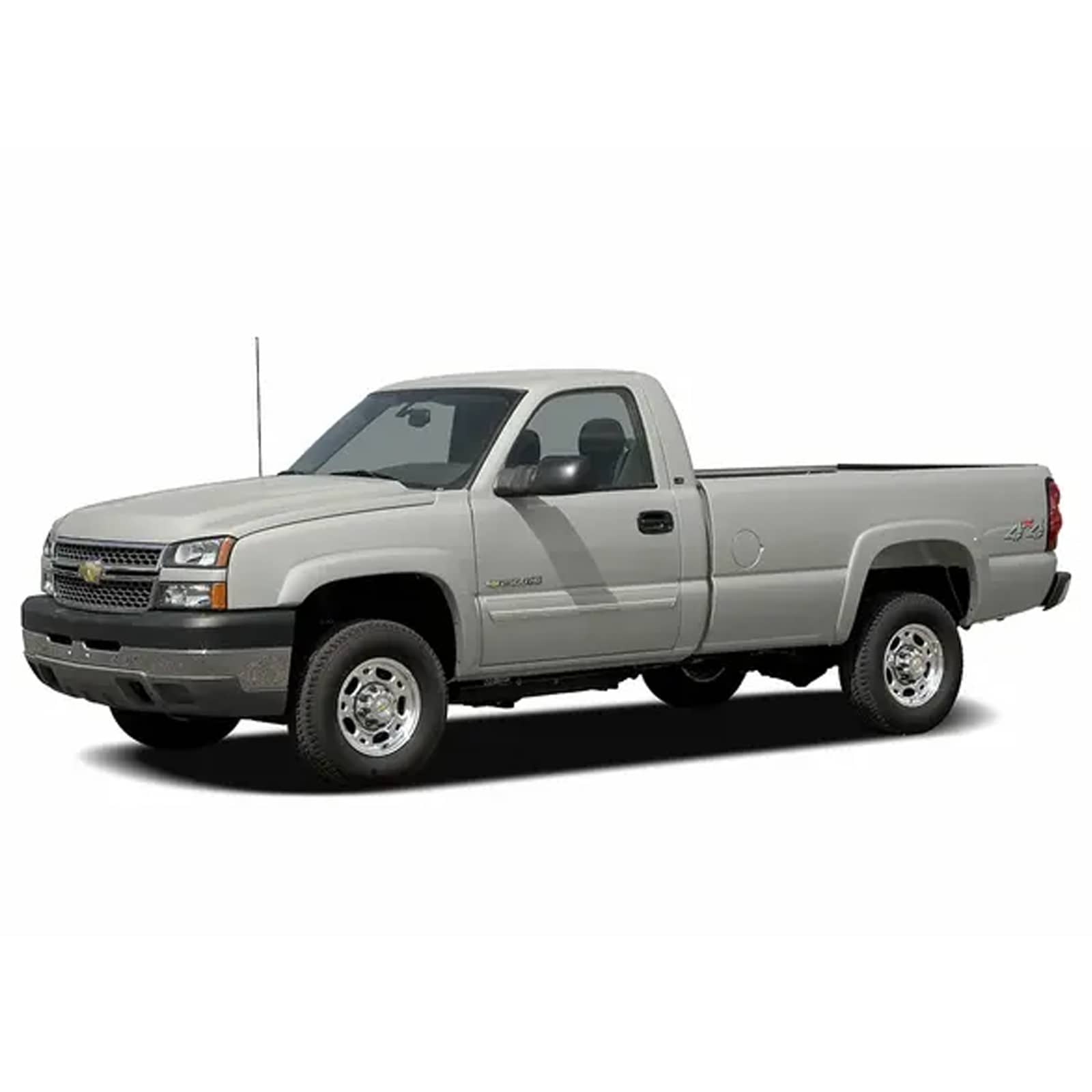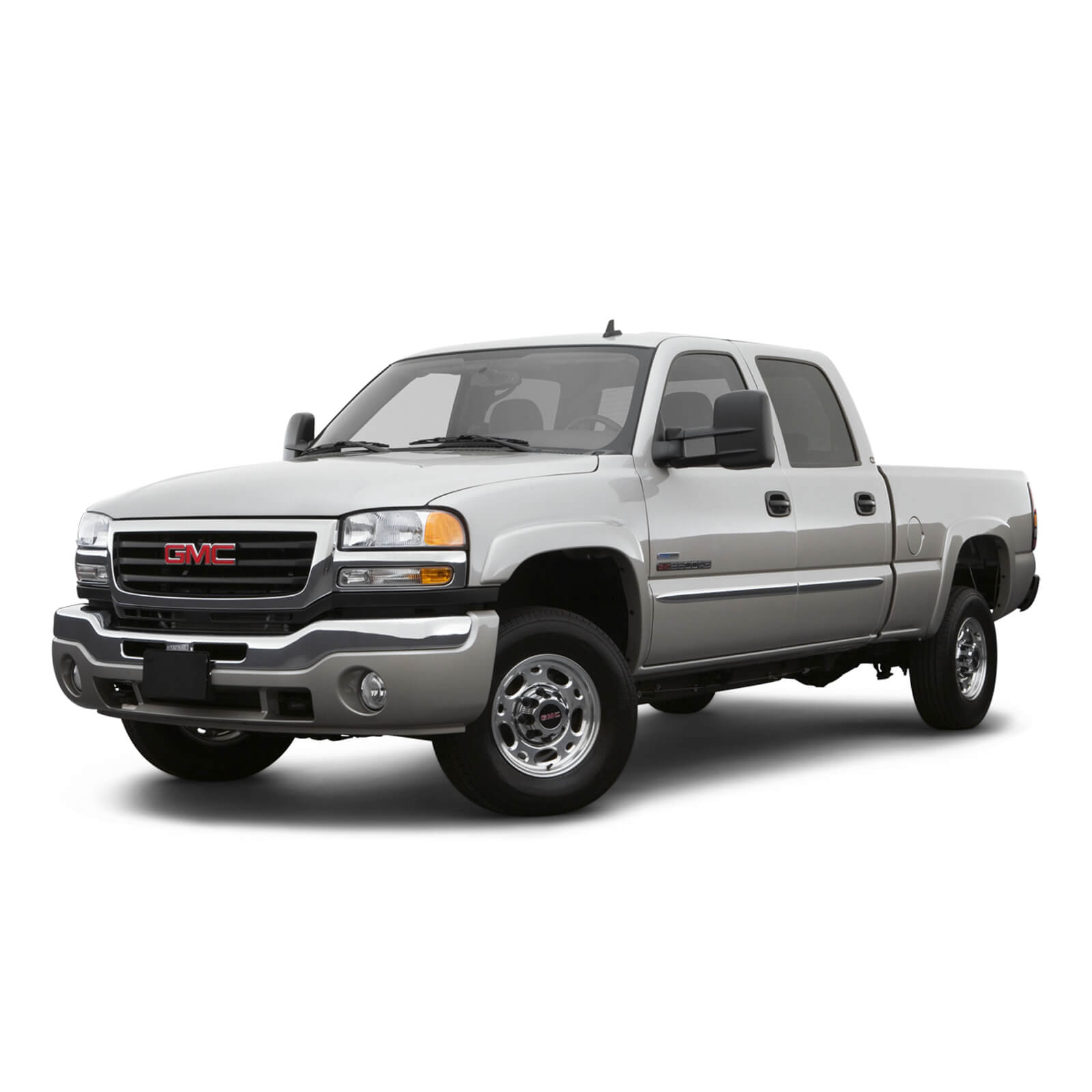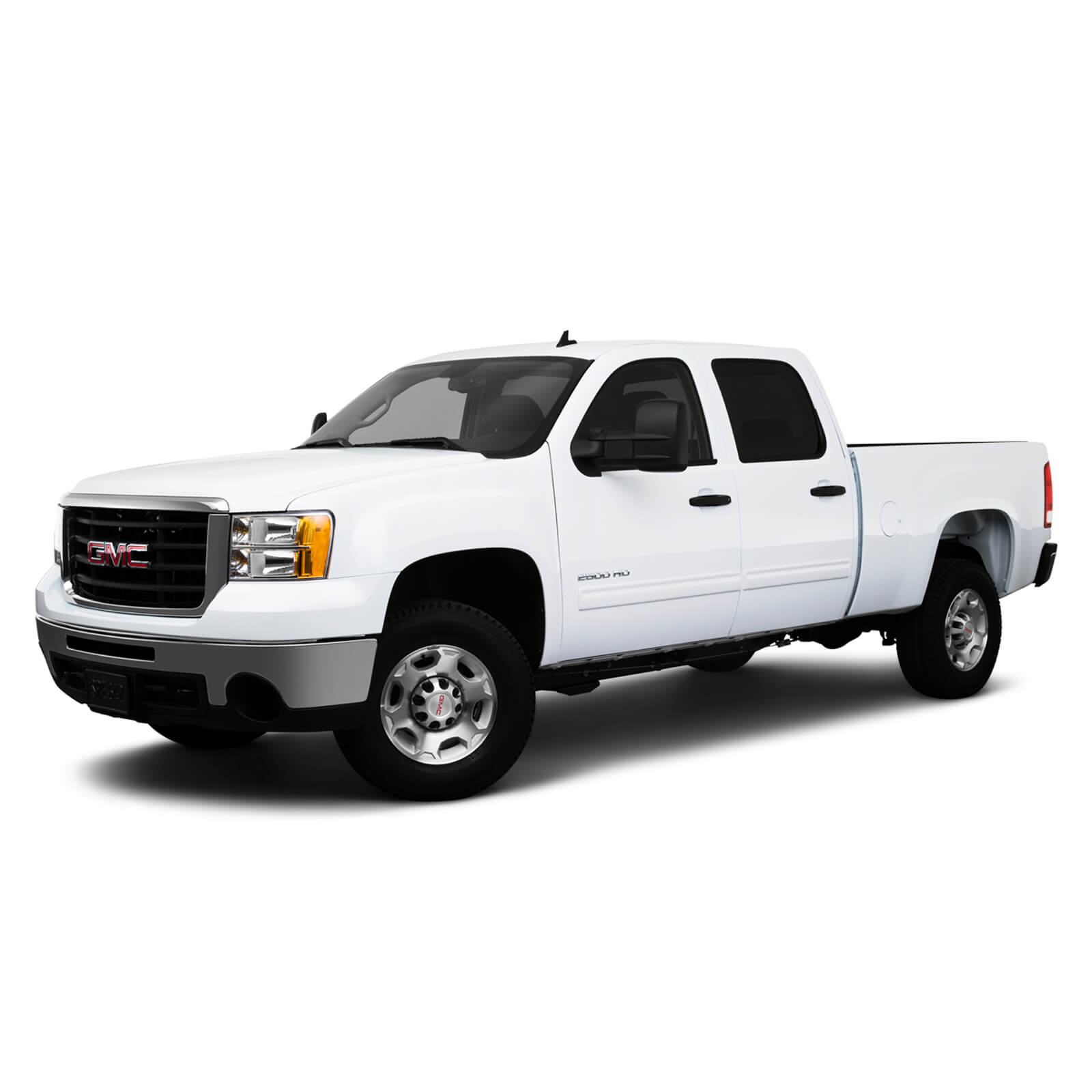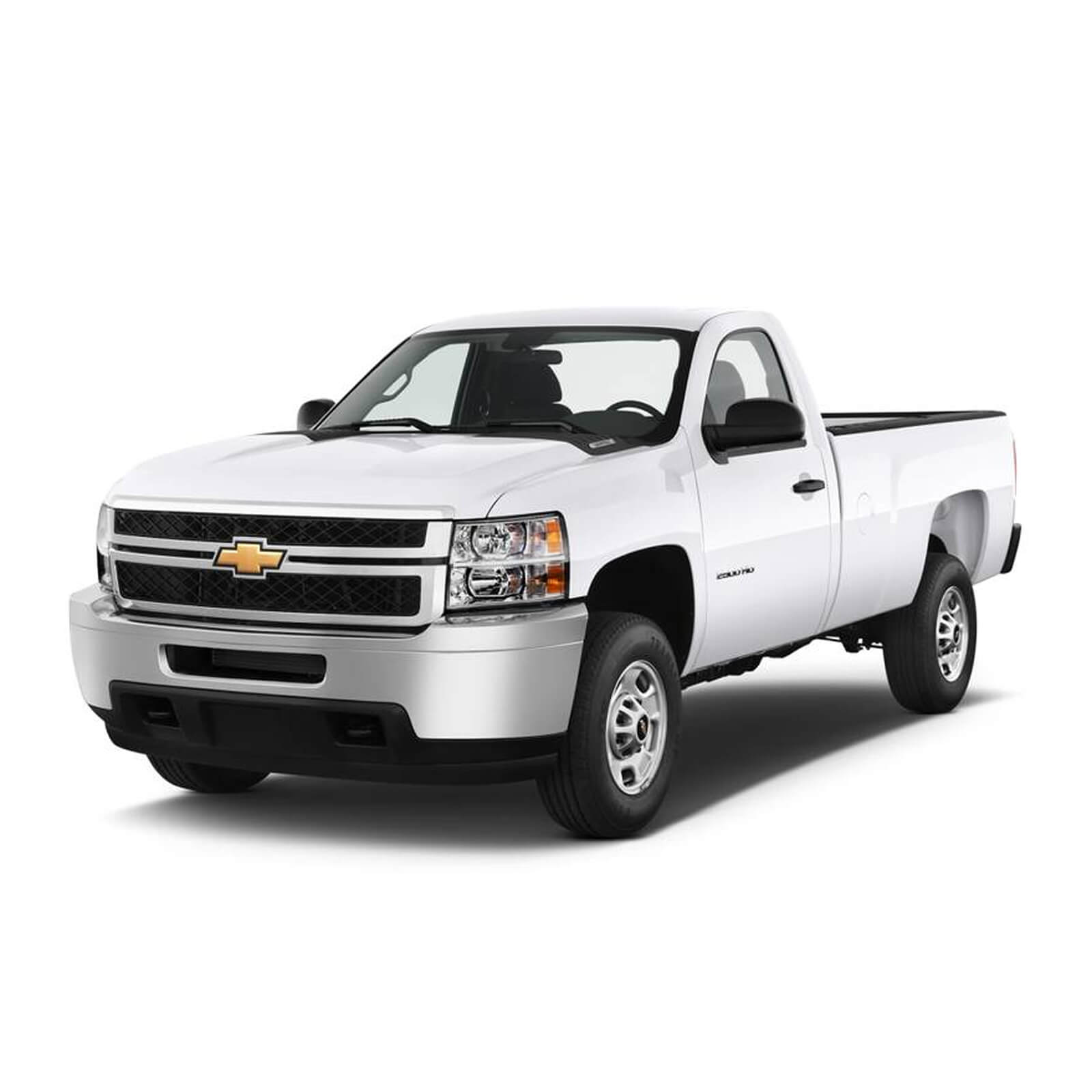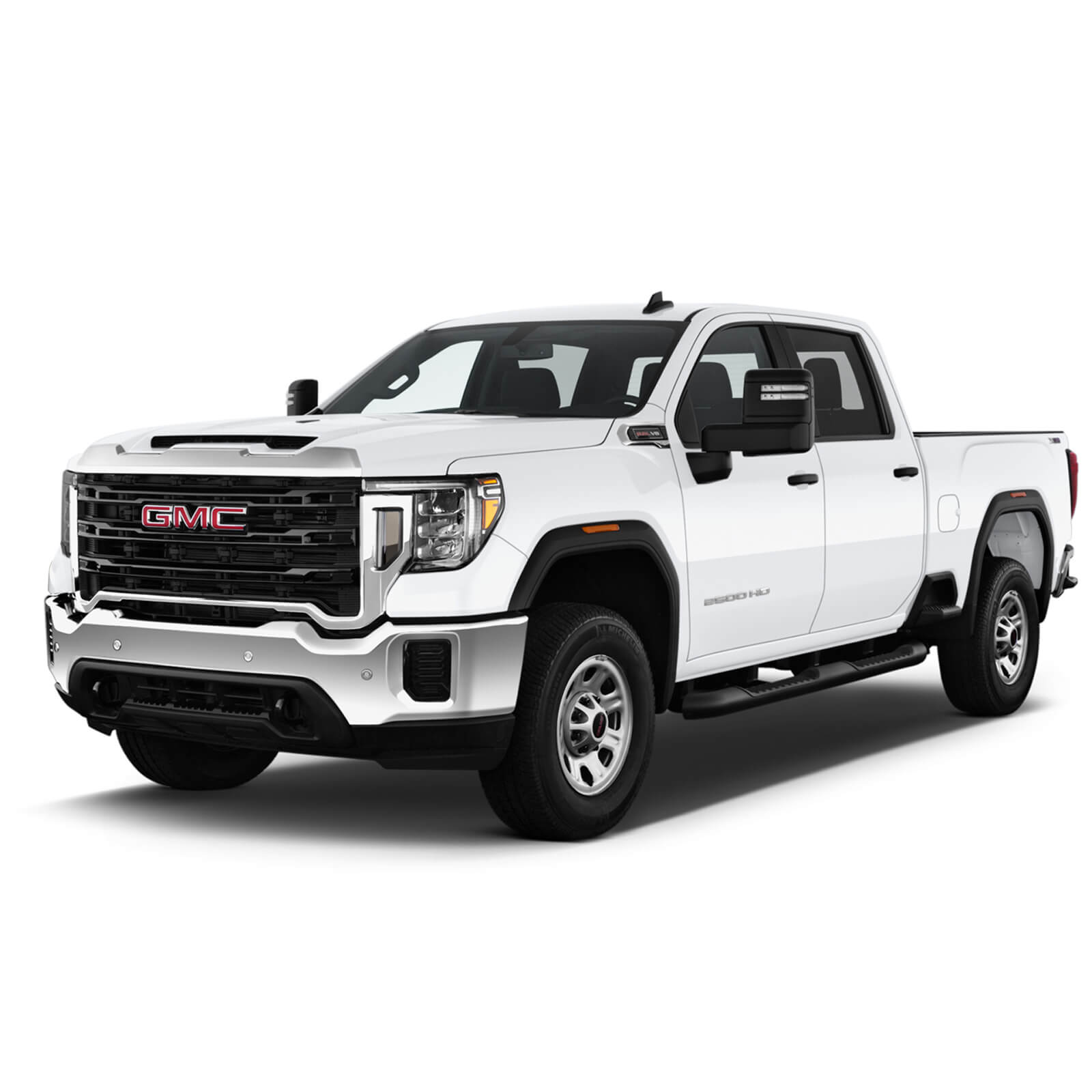Control arms help align your wheels properly and ensure a smooth ride. But over time, control arms can wear out or become damaged, leading to vibration and instability on the road. Upgrading your control arms can make a big difference in your driving experience. SuncentAuto's high-performance control arms are designed to provide improved handling and stability, resulting in a smoother and more comfortable ride. Don't let worn-out control arms compromise your driving experience. Upgrade to SuncentAuto's high-performance, easy-to-install control arms today and enjoy a safer ride. Click below to shop now!





















